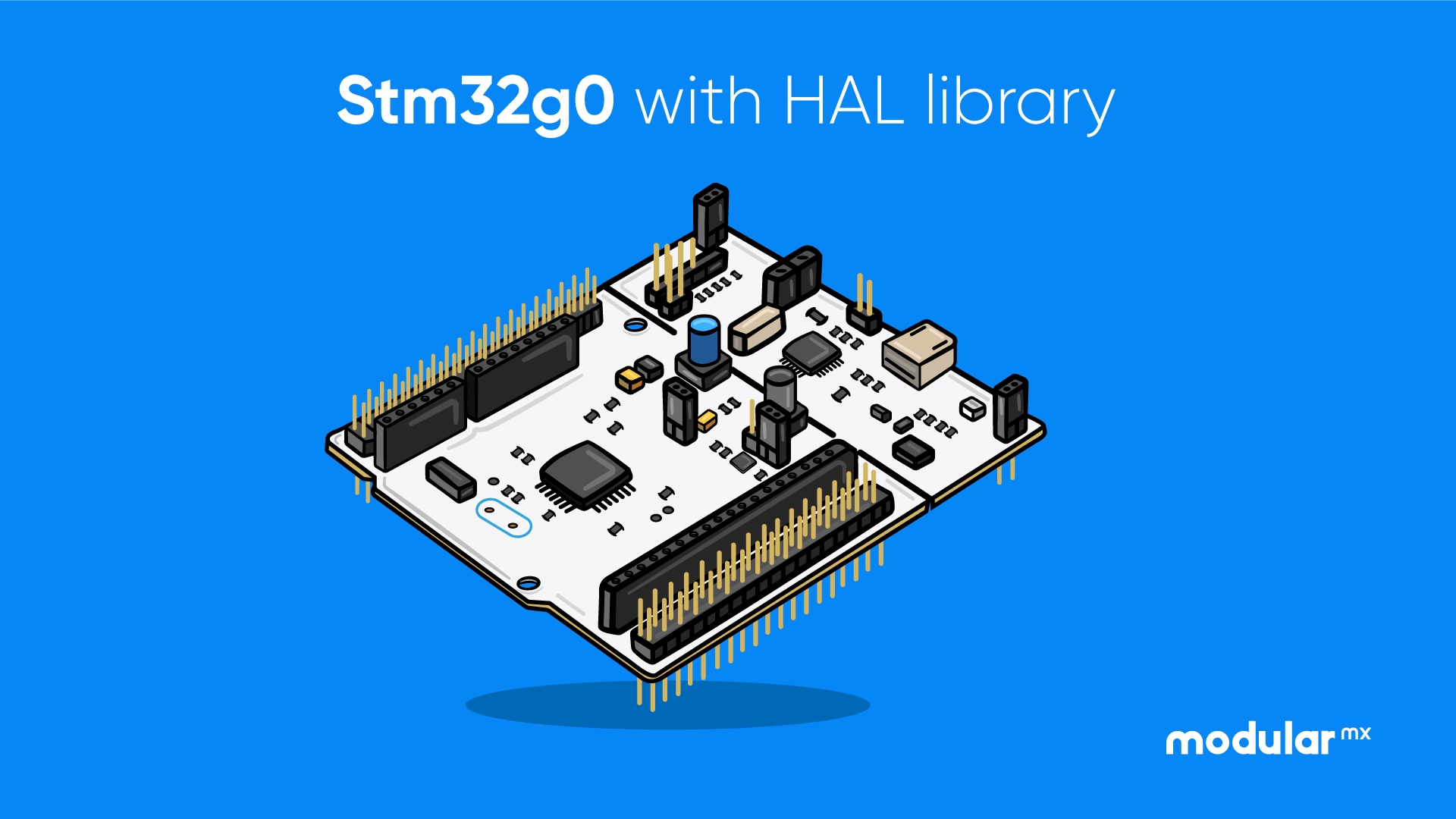Part 00: Setting up your tools
During all the training we are going to focus on preparing your skills to know several features of the microcontrollers like gpio, timers, uart, interrupts and etc.

During all the training we are going to focus on preparing your skills to know several features of the microcontrollers like gpio, timers, uart, interrupts and etc.
Digital ports or GPIO ports can function as input or output ports, and this behavior is configured by a special register. Once its behavior is configured, the output data must be written to another special register, and to read data from the port, it must be accessed in another special register
In most microcontrollers, the interrupt feature enables a peripheral or an external hardware to send a request to a processor so that the processor can execute a piece of code to service the request.
A peripheral used for measuring time is the Timer, a peripheral that is very common and essential in any microcontroller. Timers "count" clock pulses, which usually come from the same source that feeds the system's CPU frequency
A serial port, also known as a serial interface, is a digital data communication interface where information is transmitted bit by bit, sending one bit at a time. Serial ports are perhaps, alongside timers, two of the most common and oldest peripherals that can be found in a microcontroller.
Most of the digital systems needs its own clock signal in order to work , amount other things it give us the speed in which most of the operation are going to be carried
An Analog-to-Digital Converter (ADC) is an electronic device capable of converting an analog voltage signal into a digital signal with a binary value. Computers or any control system based on a microprocessor cannot interpret analog signals as they only use digital signals.
The SPI or "Serial Peripheral Interface" is a synchronous serial communication protocol, full duplex, created by Motorola. Devices are connected in Master/Slave mode, in which the master is always responsible for initiating communication.
Pulse width modulation (PWM) is a technique in which the duty cycle of a periodic signal is modified, either to transmit information over a communication channel or to control the amount of energy sent to a load. One of its main uses is the control of power supplies or motors.
The CAN bus is a multi-master data transmission protocol based on messages and specifically designed for automotive applications, but now it is also used in other areas such as aerospace, industrial automation, and medical equipment.
Direct Memory Access (DMA), is a hardware-controlled data transfer used to perform data transfer between memory-mapped, peripherals and/or memories, without handling this data by the processor.